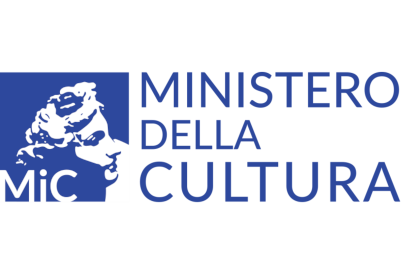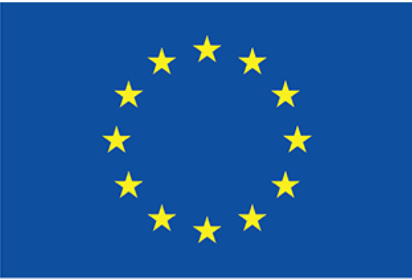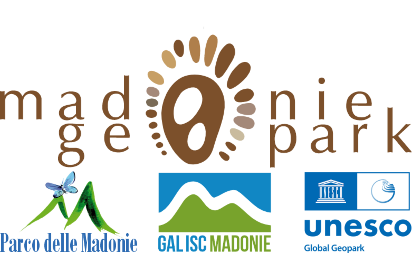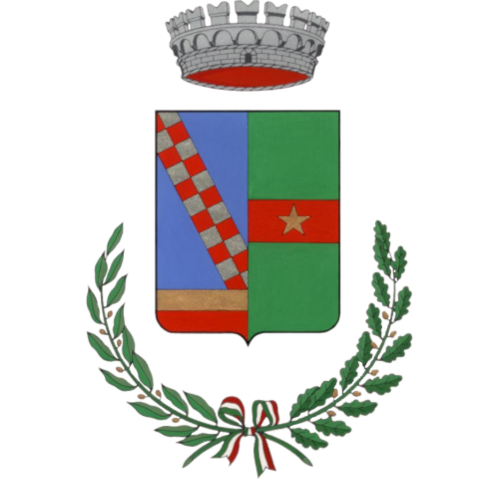THE PROJECT
The San Mauro Trail Network
Accessibility and Sustainability
“The San Mauro Trail Network – Accessibility and Sustainability” consists of 16 routes covering a total of approximately 180 kilometers. The network takes into account not only the natural, cultural, and architectural landmarks of the Madonie area, but also accessibility for people with disabilities, thanks to the use of joelettes.
The joelette is a special off-road one-wheeled wheelchair, designed to allow people with motor disabilities to navigate mountain paths and trails with the help of one or more companions. It is designed to be pushed and guided by the assistants, making it possible to access natural areas that would otherwise be unreachable.
The trails mostly start from the town center of San Mauro or within a few kilometers of it, and were all designed along public roads, ancient royal paths, and mule tracks. Some routes form loops within the territory of San Mauro itself, while others connect the town to nearby municipalities, creating links with other trail systems in the area. The San Mauro–Castelbuono trail connects the San Mauro network to the Madonie Park trail network. The trail to Gangi is the first stage of the “Path of the Brigands” in Sicily, which ends in Cesarò in the Nebrodi Mountains after five days. It also connects the local trail network to the Palermo–Messina route through the mountains and the Via Francigena of the Mountains. The trail linking Portella Ciambra to Pizzo Ferrante joins the Italian Alpine Club’s “Sentiero Italia” (Trieste–Trapani). One route begins at 1,100 meters in the historic center and descends all the way to San Mauro’s beach, following the “sea route,” so named after a local legend about the town’s founding.
The aim of the San Mauro trail network is to help visitors discover the natural, historical, and cultural beauty of this small mountain town, while enhancing the value of its ancient royal roads, mule tracks, countryside churches, roadside chapels, farmsteads, hamlets, watering troughs, water and wind mills, old bridges, centuries-old trees, geological landmarks, UNESCO geosites, and more. Just as important for travelers will be direct contact with the local community, offering a chance to learn about its centuries-old intangible heritage—rooted in a deep connection between people and the land—a world of legends, tales of farmers and brigands, social revolts, and traditions passed down orally from father to son.
The network includes both easy, short-distance trails and more demanding full-day hikes, giving travelers the opportunity to plan multi-day itineraries. The routes are ideal for trekking, mountain biking, e-biking, horseback riding, or pack-animal trekking. Some of the trails are also accessible with joelettes for individuals with reduced mobility.

Ministry Culture

NextGenerationEU

Madonie Park
